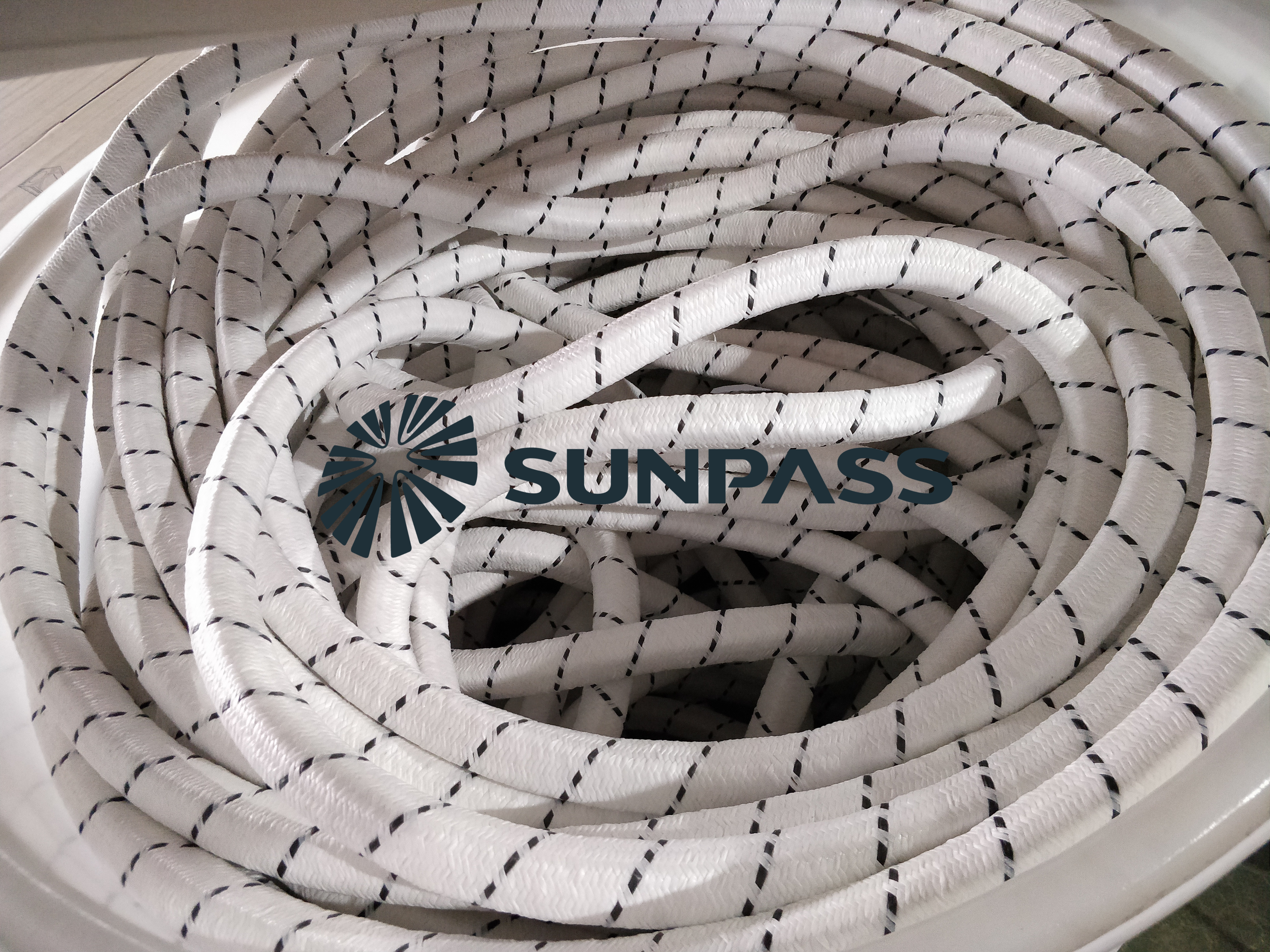Hatch cover packing usually refers to the seals on containers such as ships, tankers, and storage tanks. Its main purpose is to ensure that the container can remain sealed after closing to prevent leakage of media (such as liquids, gases, etc.). The following are some specific uses of hatch cover packing:
Sealing function: Hatch cover packing is used to fill the gap between the hatch cover and the container mouth to ensure sealing performance and prevent leakage of internal media.
Anti-corrosion: Hatch cover packing can prevent corrosive media from corroding the hatch cover and the container mouth, extending the service life of the equipment.
Temperature and pressure resistance: Some hatch cover packing materials can withstand high temperature and high pressure, and are suitable for sealing requirements in special environments.
Fire retardant: Some hatch cover packings have fire retardant properties, which can prevent the spread of fire to a certain extent.
Chemical resistance: Hatch cover packing usually needs to have good chemical resistance to resist the erosion of various chemical media in the container.
Easy maintenance: Hatch cover packing is easy to replace, easy to maintain and replace, and reduces maintenance costs.
Strong adaptability: Hatch cover packing can choose different materials and shapes according to different application environments and requirements to meet various sealing needs.
Hatch cover packings are made of a variety of materials, including rubber, metal, plastic, graphite, etc. They can be selected according to different working conditions and medium characteristics. Hatch cover packings are indispensable components in the shipbuilding, chemical, petroleum, food and other industries.
